Camp Ripley Sentinel Landscape
-
Minnesota
-
Established 2015
About
The Camp Ripley Sentinel Landscape covers over 805,000 acres of land along the northern stretch of the Mississippi River and is anchored by the main National Guard Training Center for units from Minnesota, North Dakota, South Dakota, Wisconsin, Iowa, Ohio, and Illinois. The sentinel landscape also encompasses 40 minor watersheds, 50 miles of the Mississippi River, 49,000 acres of water bodies, the Crane Meadows National Wildlife Refuge, and 42,000 acres of public land. Since 2015, Camp Ripley Sentinel Landscape partners have pursued innovative, grassroots projects that protect agricultural and recreational land around the installation. As a result, the sentinel landscape has improved the quality of water entering the Mississippi River, preserved critical habitat corridors, bolstered local agricultural economies, and enabled Camp Ripley to conduct year-round training activities with limited restrictions.
Interactive Landscape Map
Total Funding by Partner
| Partner | FY2015 | FY2016 | FY2017 | FY2018 | FY2019 | FY2020 | FY2021 | FY2022 |
|---|---|---|---|---|---|---|---|---|
| USDA | $0.78M | $0.83M | $0.52M | $1.24M | $1.75M | $1.02M | $1.30M | $1.12M |
| DoD | $2.84M | $3.56M | $8.93M | $4.05M | $0.00M | $0.50M | $0.50M | $0.75M |
| State | $6.44M | $7.28M | $3.74M | $6.95M | $3.20M | $5.69M | $0.98M | $0.98M |
| Private | $0.0M | $0.0M | $0.0M | $0.0M | $0.0M | $0.85M | $0.12M | $0.18M |
| DOI | $0.0M | $0.0M | $0.0M | $0.0M | $0.0M | $0.30M | $0.00M | $3.78M |
| Local | $0.0M | $0.0M | $0.0M | $0.0M | $0.0M | $0.0M | $0.01M | $0.0M |
Total Acres Protected and Enrolled
| Acres Protected (Since Designation) | 22574.00 |
|---|---|
| Acres Enrolled (During FY22) | 49763.00 |
Partnership Highlights
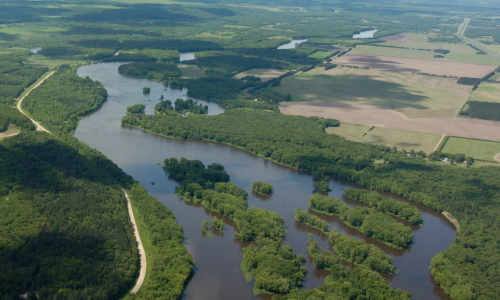
Sustainable Forestry Enhances Water Quality
Water health is a top priority for the Camp Ripley Sentinel Landscape. The landscape straddles 50 miles of the Mississippi River and encompasses the watersheds of four major tributary rivers. One way that partners enhance water quality is by ensuring that private landowners have the financial and technical means necessary to manage their woodlands sustainably. For Minnesotans, forests and water security are inextricably linked—75 percent of residents get their drinking water from forested parts of the State. Using funding from the Environment and Natural Resources Trust Fund, the Crow Wing Soil and Water Conservation District developed forest management plans for 70 private landowners across the sentinel landscape whose properties total 1,600 acres. Forest management plans are roadmaps that outline parcel-specific practices that help individuals meet restoration objectives. By creating these management plans, the conservation district enabled the landowners to qualify for incentive payments from the Minnesota Department of Revenue’s Sustainable Forest Incentive Act Program. Over its 19-year lifespan, the Sustainable Forest Incentive Act Program has had considerable success. More than 90 percent of participants decide to extend their contract with the State or place a conservation easement on their property. As a result, this effort will contribute to the longevity of working forests, enhance the water quality for the Mississippi River, and increase the likelihood that the land surrounding Camp Ripley will be managed in a way that is compatible with the installation’s military mission.
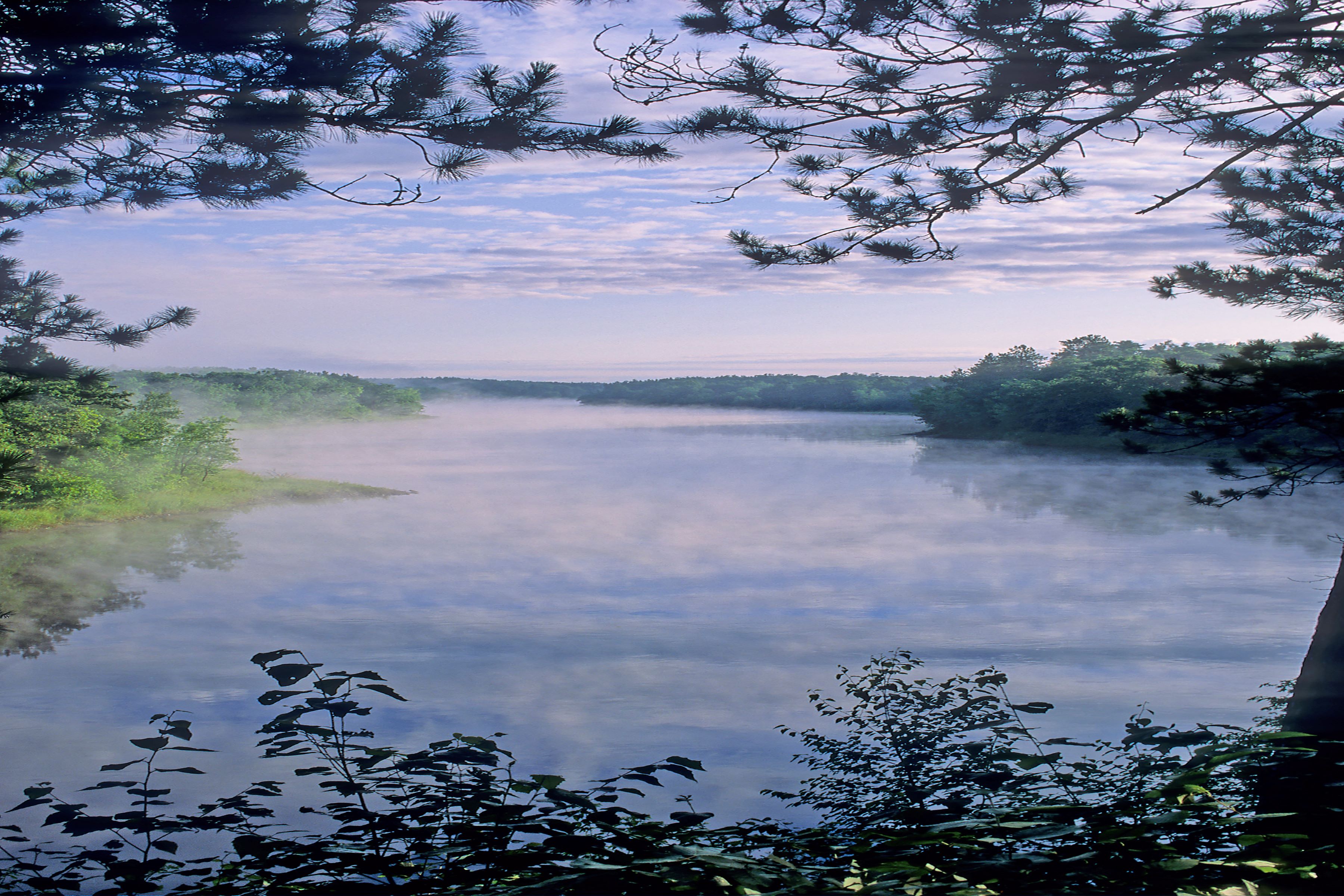
Partners Increase Protected Land Along the Mississippi River
The Mississippi River originates in northern Minnesota and flows south for over 2,000 miles. For decades, the Mississippi Headwaters Board has worked to preserve the first 400 miles of the river, stretching from Lake Itasca to the southern border of Morrison County. Representatives from eight Minnesota counties formed the Mississippi Headwaters Board in 1980 to protect the remarkable recreational, ecological, and scenic value of the river’s headwaters. The Board carries out its mission by administering an ordinance that restricts land use in the river corridor. In 2019, the Mississippi Headwaters Board voted to expand its geographic focus area within the Camp Ripley Sentinel Landscape. As a result, the Board approved three conservation easements along the Platte River—a tributary to the Mississippi—and within the Crane Meadows National Wildlife Refuge. This project will not only support water quality in the Mississippi River, but also safeguard habitat for waterfowl, shorebirds, sandhill cranes, and other species.
Our Partners
Federal Partners
- U.S. Army National Guard
- U.S. Department of Agriculture, Farm Service Agency (FSA)
- U.S. Department of Agriculture, Forest Service (USFS)
- U.S. Department of Agriculture, Natural Resource Conservation Service (NRCS)
- U.S. Department of Defense, Readiness and Environmental Protection Integration (REPI)
- U.S. Department of the Interior, Fish and Wildlife Service (USFWS)
- U.S. Department of the Interior, National Park Service (NPS)
Private Partners
In The News
-
Minnesota BWSR Snapshot
The Minnesota Board of Soil and Water Resources September 2022 Snapshot highlights forest partnerships at Camp Ripley Sentinel Landscape.
Read More -
Forestry Field Day Held in Randall to Inform Private Landowners
During the Forestry Field Day, Landowners from a 6 county radius gathered in Randall to attend classes on forest management. Click to watch the full feature by Lakeland PBS.
Read More
Resources
-
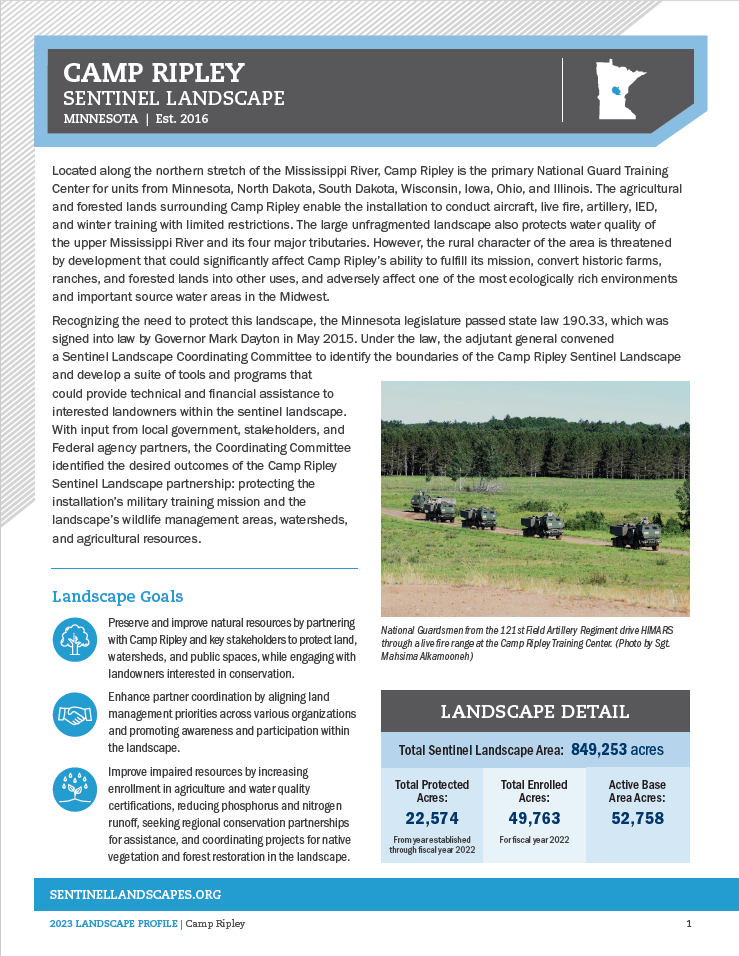
2023 Camp Ripley Sentinel Landscape Profile
-
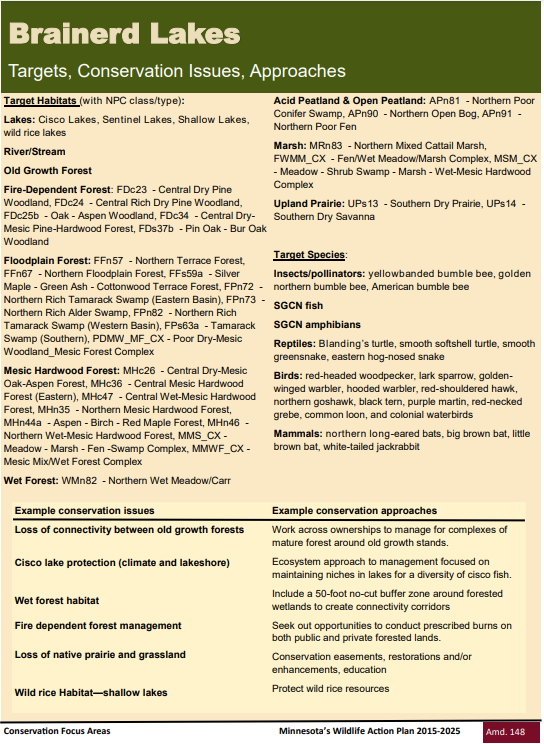
Brainerd Lakes Overview
-
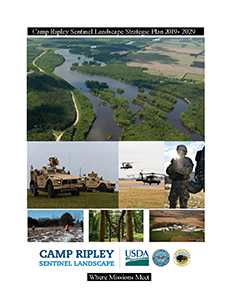
Camp Ripley Sentinel Landscape Strategic Plan
-
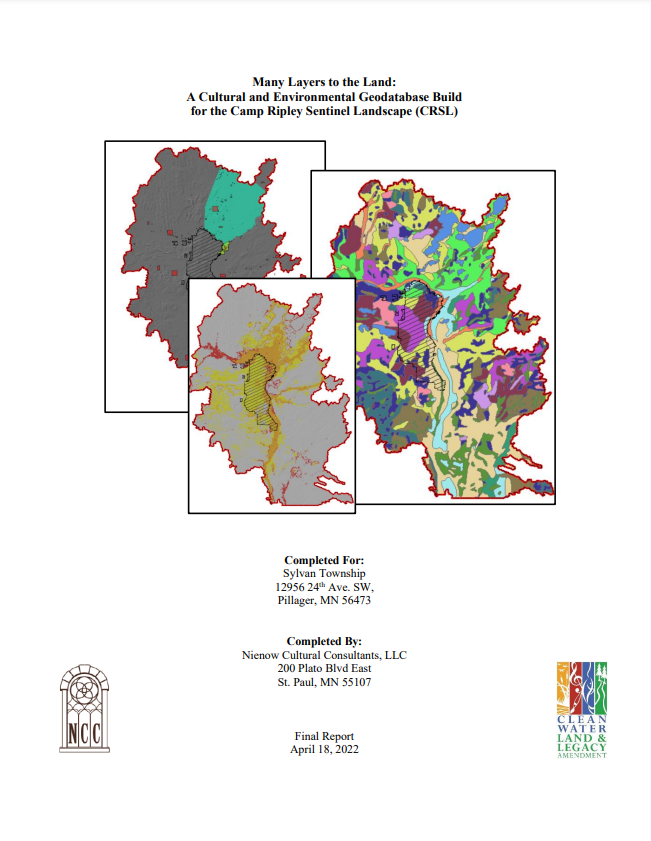
Many Layers to the Land: A Cultural and Environmental Geodatabase Build for the Camp Ripley Sentinel Landscape
Meet the Coordinator

Todd Holman
campripley@sentinellandscapes.org
Todd is the Mississippi Headwaters Program Director for the MN-ND-SD Chapter of The Nature Conservancy. Todd coordinates the Camp Ripley Sentinel Landscape program, facilitates the North Central Conservation Roundtable consortium and has developed protection programs in the Pine River, Crow Wing River and upper Mississippi watersheds. Within these Mississippi Headwaters partnerships, Todd helped guide the Conservancy’s multiple benefits science and protection prioritization into local and state level plan documents. Todd also developed partner capacity with local, state, federal and private fund support. Todd is a graduate of the University of Minnesota.